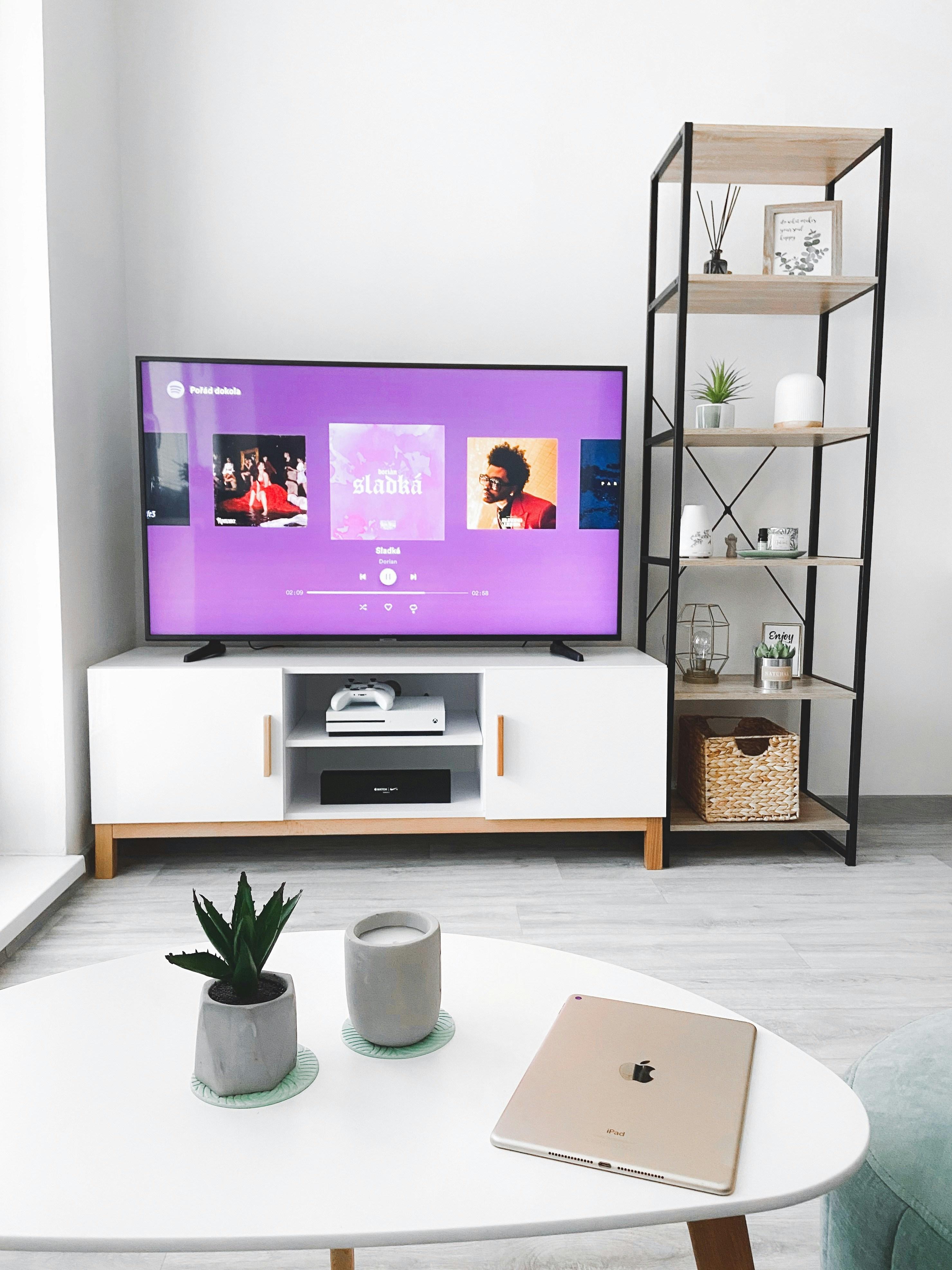In the rapidly evolving landscape of home entertainment, the question of whether to upgrade to a 4K streaming device is increasingly pertinent. With streaming platforms expanding their 4K content libraries and advancements in television technology becoming more accessible, consumers are faced with a decision that weighs cost against potential benefits. This article aims to dissect the key factors influencing this choice, including content availability, compatibility, and the perceptible difference in viewing quality. By analyzing these elements, we seek to provide a comprehensive overview to help you determine if a 4K streaming upgrade aligns with your entertainment needs and preferences.
Understanding the 4K Streaming Landscape
In recent years, the proliferation of 4K content has transformed how we consume media. Streaming services like Netflix, Amazon Prime Video, and Disney+ have embraced this ultra-high-definition format, offering a rich library of movies, series, and documentaries in stunning detail. 4K streaming is characterized by a resolution of 3840 x 2160 pixels, providing four times the clarity of standard HD. This leap in visual quality is supported by advancements in compression technologies like HEVC (High Efficiency Video Coding), which ensure smooth streaming without excessive data consumption.
- Content Availability: While many platforms boast an expanding selection of 4K titles, it’s essential to verify if your preferred shows and movies are available in this format.
- Internet Requirements: Streaming in 4K typically demands a robust internet connection, often requiring speeds of at least 25 Mbps for optimal performance.
- Device Compatibility: Not all devices are equipped to handle 4K streaming. Ensure your TV and streaming device support 4K resolution and HDR (High Dynamic Range) for the best experience.
- Subscription Costs: Accessing 4K content may come with additional costs, as some services charge a premium for UHD streaming.
Considering these factors, upgrading to a 4K streaming device could significantly enhance your viewing experience, but it’s crucial to assess your current setup and needs before making the investment.

Evaluating Performance and Quality Differences
When considering a 4K streaming device, it’s crucial to assess both performance and quality. 4K resolution offers a noticeable enhancement in picture clarity, providing sharper images and more vibrant colors. This can transform your viewing experience, especially if you have a compatible 4K TV. However, the real question is whether the content you consume supports this higher resolution. While platforms like Netflix and Amazon Prime Video offer a growing library of 4K content, it’s essential to ensure that your internet connection can handle the increased bandwidth demands.
Beyond picture quality, performance improvements are equally important. A 4K streaming device often comes with advanced processors, resulting in faster load times and smoother navigation. Consider these features:
- Enhanced Connectivity: Look for devices with the latest Wi-Fi standards for stable streaming.
- Improved Interface: A more responsive and user-friendly interface can significantly enhance your experience.
- Compatibility: Ensure the device supports HDR and Dolby Vision for richer visuals.
Ultimately, the decision to upgrade hinges on whether these enhancements align with your viewing habits and technical setup.

Cost-Benefit Analysis of Upgrading
When evaluating the shift to a 4K streaming device, it’s essential to weigh both the financial implications and the potential gains in viewing quality. Initial costs can vary significantly, with 4K devices generally priced higher than their HD counterparts. However, the price gap is closing as 4K technology becomes more mainstream. Beyond the device itself, consider whether your current internet plan can support 4K streaming without incurring additional costs. Upgrading to a higher bandwidth plan may be necessary, potentially adding to your monthly expenses.
On the benefits side, a 4K device promises enhanced picture clarity, offering richer colors and sharper details that can transform your viewing experience. For those with a 4K TV, this upgrade maximizes your screen’s potential. Furthermore, many streaming platforms are increasingly offering content in 4K, making it a forward-thinking choice. Consider also the device’s future-proofing potential; investing in 4K now may save you from another upgrade in the near future as the technology becomes standard.

Expert Recommendations for Different User Needs
- Casual Viewers: If you’re someone who enjoys streaming occasionally and primarily watches content on a smaller screen, a 4K upgrade might not be necessary. HD streaming devices are more than sufficient for casual viewing, providing excellent quality without the need for a significant investment.
- Home Theater Enthusiasts: For those who have invested in a large 4K TV and a surround sound system, upgrading to a 4K streaming device is highly recommended. The enhanced resolution and improved color accuracy will fully utilize your setup, offering a more immersive viewing experience.
- Gamers: If you enjoy gaming on your streaming device, opting for a 4K model can enhance your experience, especially with games that support high resolutions. Look for devices with low latency and high refresh rates to make the most of your gameplay.
- Data-Conscious Users: If data usage is a concern, remember that 4K streaming consumes more bandwidth. Consider your internet plan and usage habits before upgrading, as HD content may be more suitable to avoid exceeding data limits.



